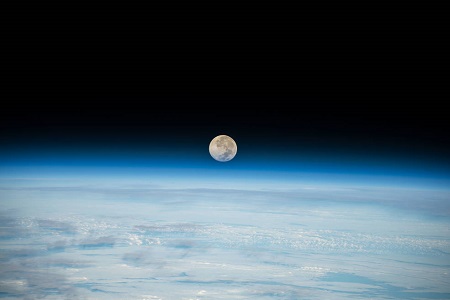NASA has allocated nearly $1.5m to academic, non-profit, and business entities through its Artemis program and upcoming Mars expeditions to advance cutting-edge technology. Through the Dual-Use Technology Development Cooperative Agreement Notices (CANs), 21 organizations have been selected to work on 24 projects focused on pioneering innovative solutions.
These awardees will receive guidance from propulsion, space transportation, and science experts at NASA’s Marshall Space Flight Center in Huntsville, Alabama. The aim is to address technology gaps and develop components and systems required for NASA’s Moon to Mars architecture.
Daniel O’Neil, Manager of NASA Marshall’s Technology Development Dual-Use CAN Program, emphasized that this agreement enables NASA to collaborate with US industry and academia to develop essential technologies. He said that the selected projects cover a wide range of ideas, including using lunar regolith for construction on the Moon’s surface, utilizing smartphone video guidance sensors for navigating robots on the International Space Station, researching novel battery materials, and improving neutrino particle detection capabilities.
Leading academic institutions like the Florida Institute of Technology, Northwestern University, and the University of Alabama have received funding for multiple projects, highlighting their significant role in advancing space exploration technology. This funding opportunity is intended to support organizations dedicated to fostering entrepreneurial research and innovation while aligning with the objectives of future NASA missions. The solicitation cycle for 2024 is now open for applications.



